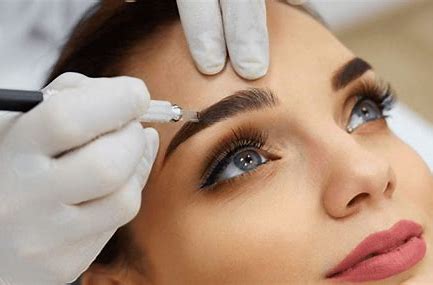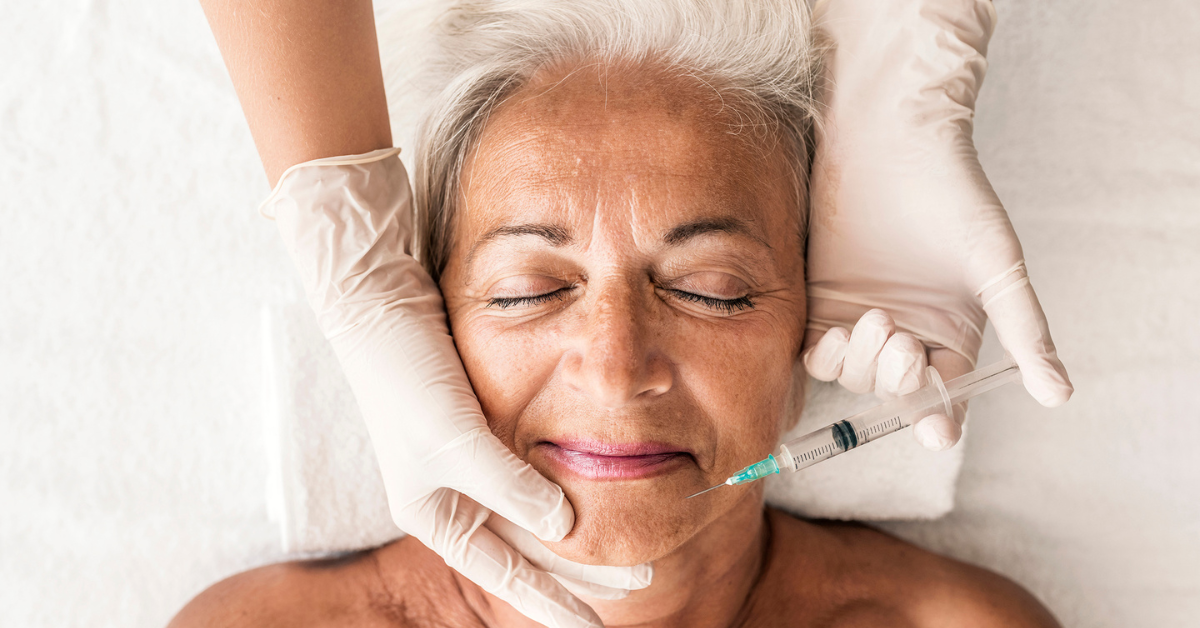Regular skin checks at a dermatology clinic help track changes in moles, rashes, and lesions over time, allowing for early detection of potential issues. The goal is to document what is normal for you, flag any changes, and assess what requires medical attention. Here is how skin checks support early detection, help diagnose a range of conditions, and guide management of non-cancerous growths:
Detecting Skin Cancer Early
A skin check typically begins with a head-to-toe review under good lighting. They can look at the size, shape, color, and border features of moles and spots. Suspicious patterns, such as asymmetry, irregular edges, multiple colors, or rapid change, may need closer evaluation. Because melanoma growth rates vary, timing and documentation matter. Photographs may support precise comparisons, while measurement logs reduce guesswork. With prompt biopsy of selected lesions, it supplies the definitive diagnosis.
Diagnosing Other Conditions
While cancer draws attention, routine checks also uncover infections, inflammatory diseases, and autoimmune issues, which present with overlapping signs. A simple rash may be caused by eczema, psoriasis, or acne. When history adds exposure triggers, travel, or new medications, the picture sharpens, and targeted tests follow. Because skin reflects internal health, findings sometimes prompt lab testing for thyroid disease, diabetes, or nutritional deficits. A structured exam from a dermatology clinic supports accurate diagnoses.
Controlling Non-cancerous Lesions
Not every growth signal is a danger, yet many affect comfort, function, or hygiene. Lesions, skin tags, and warts fall into this group. Management varies by type and location, and it aligns with symptoms like itching, bleeding, snagging on clothing, or interference with shaving. Some lesions respond to cryotherapy or curettage, while warts may benefit from topicals or in-office procedures. When lesions are located near the eyelids, lips, or nail folds, gentler approaches reduce the risk to surrounding structures. Recurrence rates vary, so follow-up scheduling is tailored to match the behavior of each lesion and the individual’s history.
- Track triggers that worsen irritation, such as friction, heat, shaving, or exposure to adhesives.
- Photograph recurring spots to document growth, color shift, or surface change.
Diagnosing Other Conditions
During follow-up, pattern shifts may appear subtle yet meaningful. A growth that extends beyond prior borders, a new ringed edge, or a scale that thickens suggests a different process than before. Patch testing maps reactions to metals, fragrance mix, or rubber accelerators, and treatment plans are adjusted once triggers are known. When infections are present, bedside tests shorten the path to therapy, and guidance on skin care supports barrier recovery.
Visit a Dermatology Clinic
Preparation improves the value of a skin exam, and it starts at home. Remove nail polish so that your nail beds are visible. Avoid wearing heavy makeup or tinted sunscreen on the day of your exam. Bring a list of all medications, supplements, and new products you are currently taking. If a biopsy is recommended, questions to ask include site care, expected healing time, and when results will be available. To maintain consistent records, schedule follow-ups at intervals that align with your risk profile and any active diagnoses. Book an appointment with a dermatology clinic, bring your notes and photos, and set a reminder for your follow-up schedule.



